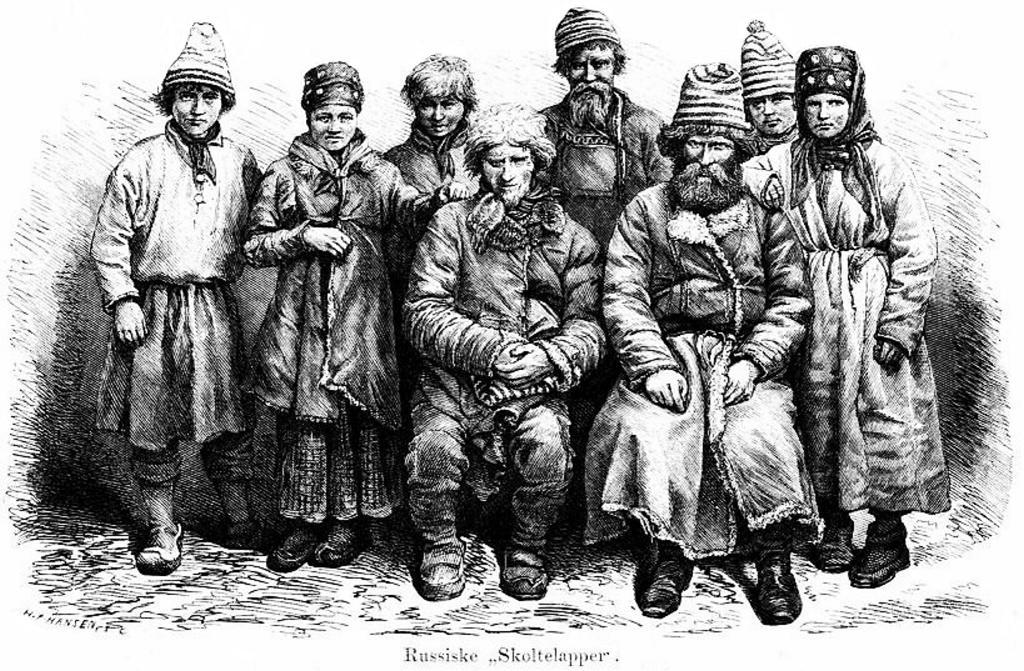"Nordiska väsen" is a entertaining book by Swedish author, illustrator and gamer Johan Egerkrans. The topic? Creatures of Nordic, mostly Swedish, folklore. Both the good, the bad and the literally ugly! The first edition was published in 2013. I recently procured the 2023 "jubilee edition", which apparently includes twelve new entries. For some reason, Egerkrans´ works are sold as children´s books, which may explain why I almost missed them! I´m not *entirely* convinced that "Nordiska väsen" is suitable for kids...or even adults, if you think ghouls and hobgoblins are real and haunt your back yard (or is it church yard).
The illustrations are somewhat "non-traditional", but as Egerkrans shrewdly points out, nobody really knows how the creatures of folklore really look like anyway. Besides, what counts as "traditional" might in many cases be national romantic images from the late 19th century (think John Bauer or Ernst Josephson). I´m not an expert on Swedish folklore, but if Egerkrans is to be believed, trolls weren´t seen as ugly or obviously different from humans - quite the contrary, they were often seen as (almost) human-like. Other critters look pretty much as expected: Näcken is green and dangerous, Odin is one-eyed and rides a fast horse, the gnomes are small and grumpy, and so on.
I was surprised to learn that there are special gnomes associated with ships, and still others with water mills. Indeed, the folkloric imagination is virtually endless. Have you heard about merchildren before, or that some people living in coastal areas claimed descent from such? Did you know that the trolls have dangerous pets, such as hell hounds? Or that the often dangerous and ambivalent creatures of folklore are said to be descended from Adam´s first wife Lilith and her new husband Alför? According to another tale, the critters are spirits who fell out of heaven by mistake (!) during the war between God and Lucifer. Not belonging in hell, but unable to return to heaven, they have settled down in the Scandinavian forests...
Some of the paranormal folkloric creatures would probably be seen as "cryptids" today, had people still searched for them. One example is the gamm or gam, an enormously large and evil raptor-like bird which preys on cattle. Another is the dragon-like lindorm, which indeed *was* downgraded to a cryptid during the 19th century by the maverick folklorist Hyltén-Cavallius. Other creatures seem to have been similar to modern cryptids from the start, such as the sea-serpent or the kraken.
Some pagan deities seem to have survived the introduction of Christianity, although demoted to spirit status. Odin´s wild hunt was still seen and heard by the baptized but superstitious peasants, Odin supposedly being cursed (by God?) to search and destroy other spirit-beings until kingdom come. Every church was said to have a supernatural guardian: the spirit of an animal sacrificed when the church was built. It´s not clear from the account whether animals actually were sacrificed in this manner, or whether they were merely thought to have been so. The whole thing smacks of paganism. The goddess Hel lived on in the folklore, since her three-legged hell horse sometimes stalked the countryside. And ancient handaxes sometimes found in the wilderness were interpreted as Thor´s hammer and were said to protect the owner against all forms of malevolent sprites and spirits.
Does anyone still believe in the creatures described in the book? That´s a good question. At least in my youth, a few people still took reports of Storsjöodjuret (known as Storsie in English) seriously - that would be the monster of Lake Storsjön. Our very own Loch Ness monster! Otherwise, I strongly suspect that the UFO-alien mythology has pretty much taken over everything...
"Nordiska väsen" (2023 edition) is recommended if you understand Swedish and/or like artistic books suitable as collector´s items.











.jpg)




